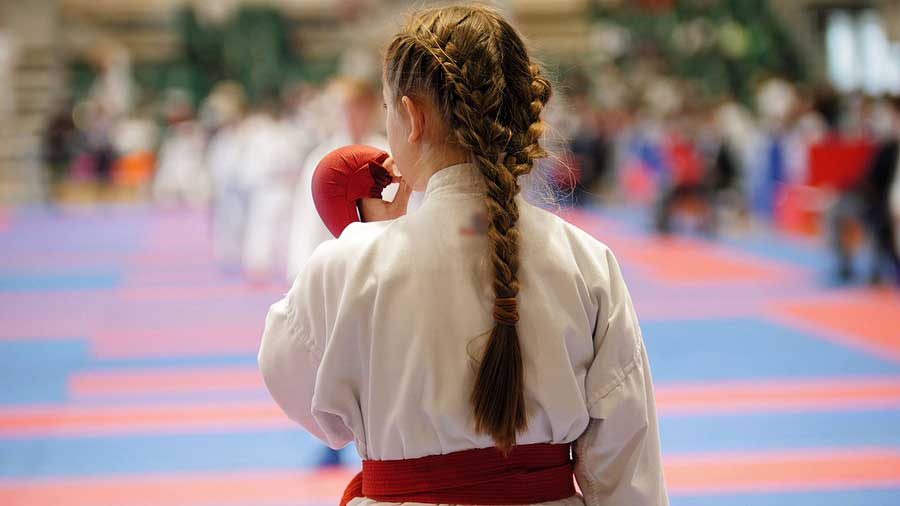
Whether you’re shooting hoops, hitting the field, or gearing up for a high-intensity skate session, protecting your body is second nature—but are you thinking about your teeth? Dental injuries are surprisingly common in sports, yet they’re also some of the most preventable.
Participating in sports, especially contact, collision or high-velocity ones, greatly increases the chances of injury to your mouth, face & teeth. The sports with highest risk are basketball, hockey & football. Damage can range from bruised lips to chipped teeth to entire tooth loss. Plus, with these injuries, it’s not just your physical body taking blows but your wallet & self-confidence as well.
Fortunately, with the use of a mouthguard, the frequency & severity of oral injuries are greatly reduced. It is important to use a mouthguard for all contact or collision sports (football, basketball, etc) & for any limited contact sports where there’s a chance of impact or falls (biking, skateboarding, etc).
Types of Mouthguards
When picking a mouthguard, make sure it is one that covers all of your upper teeth & fits snugly so that it does not fall out during an action-packed game. It should also be made of resilient, impact-absorbing material & be comfortable enough to wear throughout the entire game.
There are three main types of mouthguards.
The best & most expensive version is the custom-made ones that are created from a mold of your teeth. These are usually done by your dentist or in a lab & because they are specifically customized for you, they provide the best fit, comfort & protection.
For a more affordable option, there is the “boil-and-bite” version that is an over-the-counter thermoplastic that you soften in hot water & then bite to mold to your teeth. The fit may not be perfect & may shift during the game, but they are typically a better fit than the stock options.
The cheapest & most easily accessible form of mouthguard are the pre-formed one-size-fits-most stock options that you can find at department stores. These tend to require your mouth to be shut to keep it in place & is often the least comfortable & least protective.
Mouthguard Care
Similar to how retainers need regular maintenance & care, your mouthguard should be cleaned after every use. Make sure to rinse, brush gently & store in a dry case. If not taken care of properly, bacteria can grow & break down the material, leading to decreased effectiveness.
Over time, you should also inspect your mouthguard for signs of wear & tear. If it is misshapen or no longer fits snugly, it is time for a replacement. For children & teens whose teeth are still changing, regularly check the fit of the mouthguard with every new sports season—what fit well last season may no longer still fit perfectly.
Protecting your teeth in sports is not just about avoiding pain—it’s about preventing costly, long‑term dental damage & keeping your smile intact. Mouthguards, when properly fitted, used consistently & maintained, are your first line of defense.
Sources
https://emergencydentalofcincinnati.com/sports-dental-injuries/
https://www.ada.org/resources/ada-library/oral-health-topics/athletic-mouth-protectors-mouthguards/?utm
https://www.healthline.com/health/how-to-clean-mouthguard#mouthguard-material
https://www.news.com.au/lifestyle/parenting/school-life/parents-warned-to-get-kids-fitted-with-mouthguard-ahead-of-winter-sport-season/news-story/5191b928a8e33ee6dd2332cca848b5ec?utm
